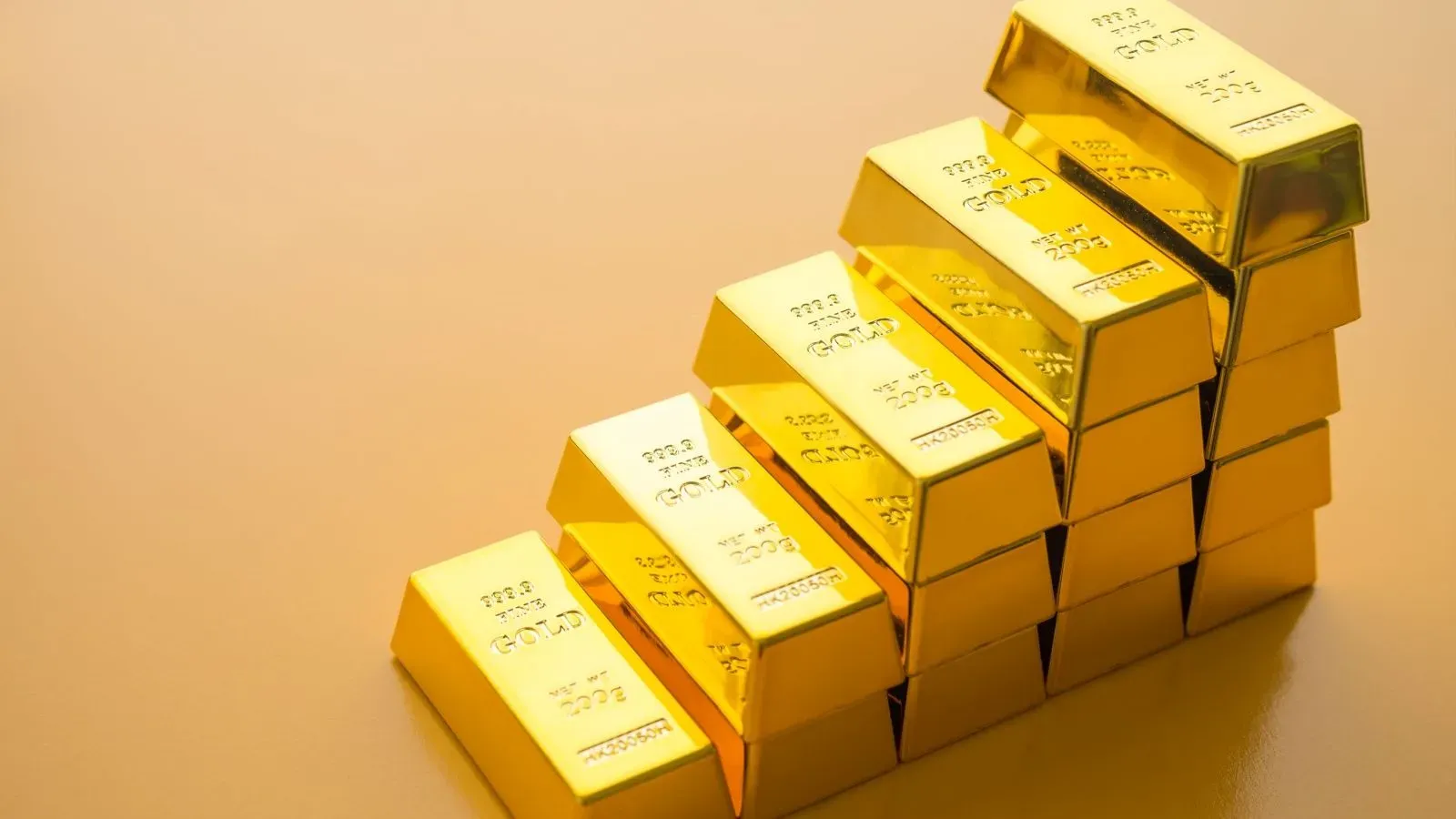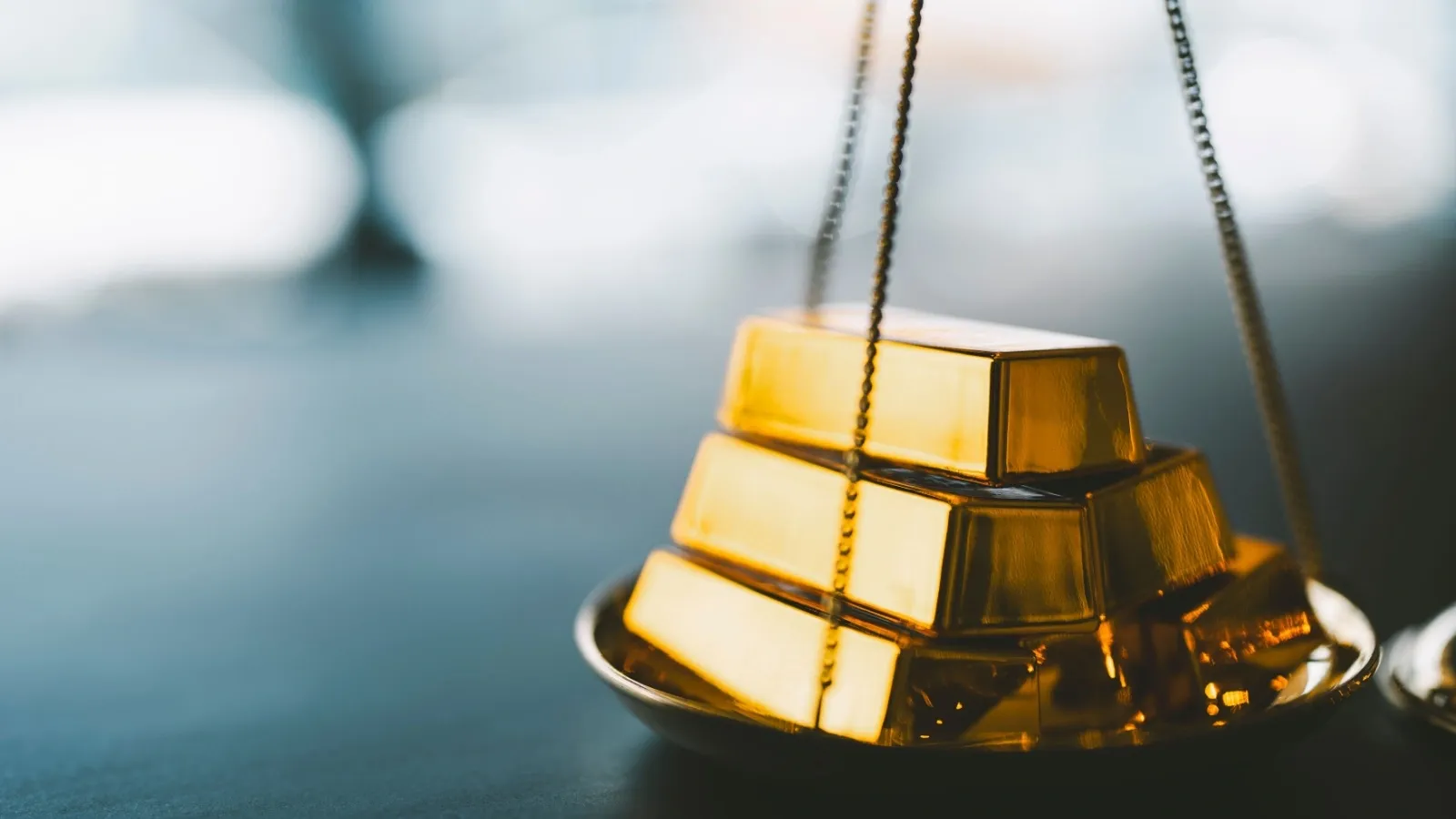Personal Finance News
Gold price rally: 8 biggest Gold ETFs turn ₹10,000 a month into ₹24 lakh in 10 years

4 min read | Updated on July 01, 2025, 15:02 IST
SUMMARY
Gold ETFs can be useful for investors who want to benefit from any future hike in Gold prices without actually holding the physical gold.

Biggest Gold ETFs have given around 12.6% annualised return in 10 years. | Image source: Shutterstock
Gold has always been seen as a meaningful addition to one's investment portfolio for diversification. In the past five years, the yellow metal has also reclaimed its status as a safe-haven asset for turbulent times.
There has been a gold price rally at a time when the world has gone through many uncertainties like the Covid-19 pandemic, geopolitical tensions in the West and South Asia, the Russia-Ukraine war, global tussle over tariffs, and much more
According to the World Gold Council, the spot price of Gold has jumped by around 110% in five years, from ₹4359 per gram on July 3, 2020, to ₹9142 per gram on July 1, 2025. In 10 years, the spot price of Gold has jumped by around 281% from ₹2376 per gram on July 2, 2015.
Data on the Association of Mutual Funds in India (AMFI) website shows the eight biggest Gold ETFs with over ₹1000 crore of daily Assets Under Management (AUM) each have generated an average annualised return of around 34% in 1 year, 23% in three years, 14% in five years, and 12.6% in 10 years.
Returns from biggest Gold ETFs in 1-10 years
| Scheme Name | Return 1 Year (%) | Return 3 Year (%) | Return 5 Year (%) | Return 10 Year (%) | Daily AUM (Cr.) |
|---|---|---|---|---|---|
| Aditya Birla Sun Life Gold Exchange Traded Fund | 33.88 | 22.79 | 14.07 | 12.73 | 1149.21 |
| Axis Gold ETF Fund | 34.02 | 22.85 | 14.15 | 12.44 | 1860.49 |
| HDFC Gold ETF | 33.44 | 22.77 | 14.02 | 12.69 | 10325.58 |
| ICICI Prudential Gold ETF | 33.95 | 22.87 | 14.08 | 12.59 | 7912.08 |
| Kotak Gold ETF Fund | 33.8 | 22.79 | 14.05 | 12.68 | 7760.93 |
| Nippon India ETF Gold BeES | 33.56 | 22.64 | 13.85 | 12.59 | 21754.5 |
| SBI Gold ETF | 33.7 | 22.66 | 13.98 | 12.63 | 8409.61 |
| UTI Gold Exchange Traded Fund | 34.35 | 23.17 | 14.02 | 12.74 | 1984.86 |
Who should invest in Gold ETFs?
Gold ETFs track the domestic gold prices. Like equity mutual funds and shares, they are also regulated by the Securities and Exchange Board of India.
You can buy or sell Gold ETFs like a regular share on the stock exchange through your Demat account.
Unlike physical gold that comes with huge making charges and purity issues, gold ETFs have very low expense ratios. Moreover, you don't have to worry about purity issues.
While investing in Gold ETF is as easy as investing in shares, you should understand the risks of trading and investing in market-linked products. It would be better to consult a SEBI-approved investment advisor. Additionally, you should also consider the following points before investing:
-
First, you should check for the tracking error, which tells how closely the ETF mirrors the price of gold. Lower tracking error means good fund management.
-
Second, you should also look for liquidity in a Gold ETF. This can be checked through the average daily volumes on stock exchanges. High volume means higher liquidity.
Liquidity matters when you try to sell your funds on the exchange. Higher liquidity of an ETF will enable you to sell it easily and with more cost-efficiency. However, if the liquidity is low, then you may end up selling at a discount.
Related News
By signing up you agree to Upstox’s Terms & Conditions
About The Author
Next Story



